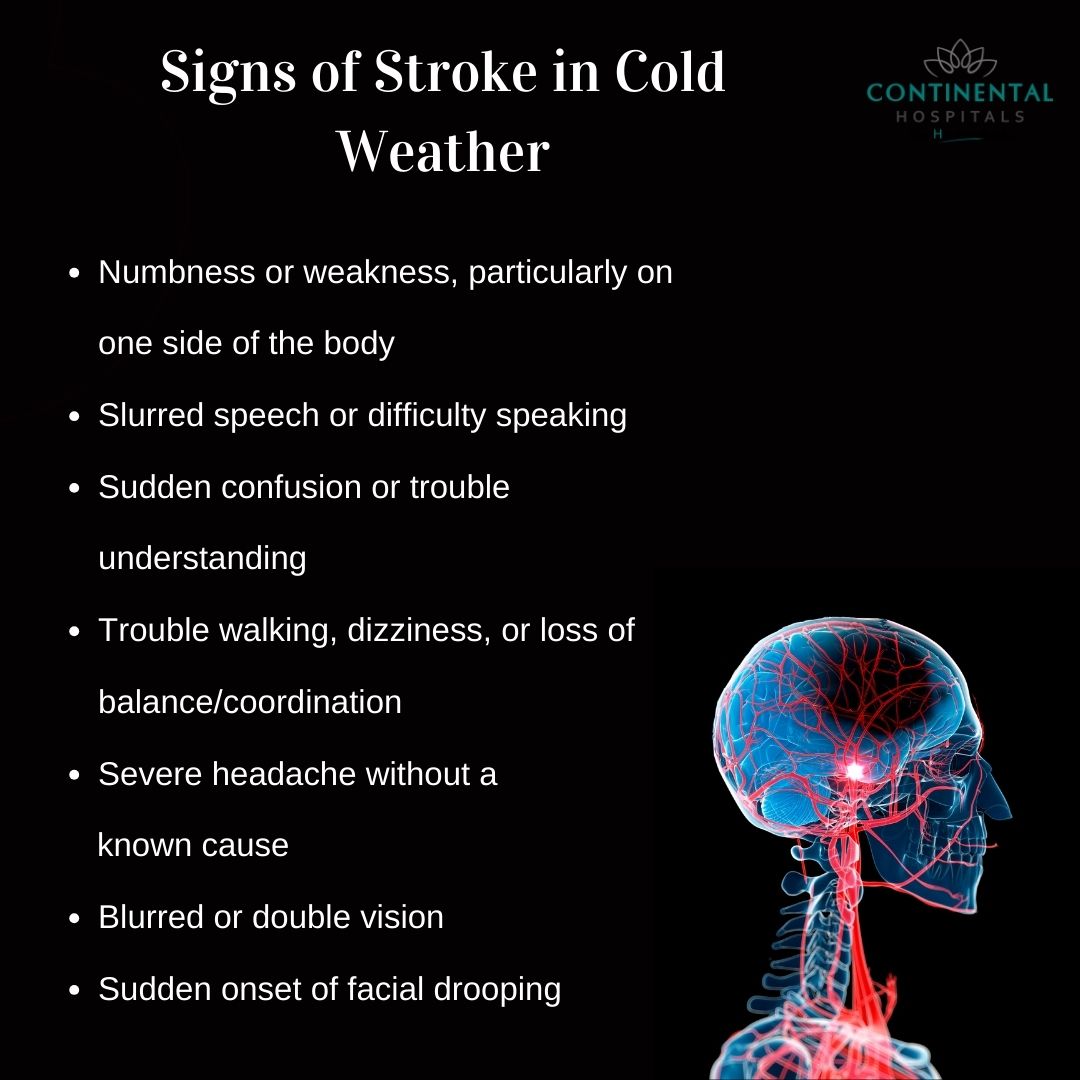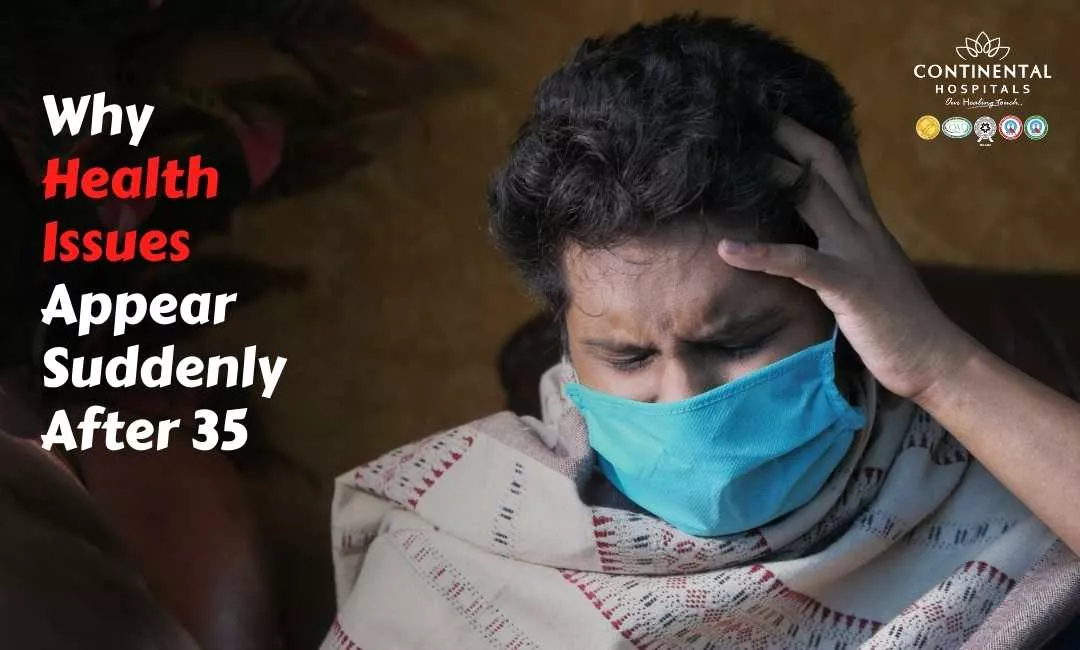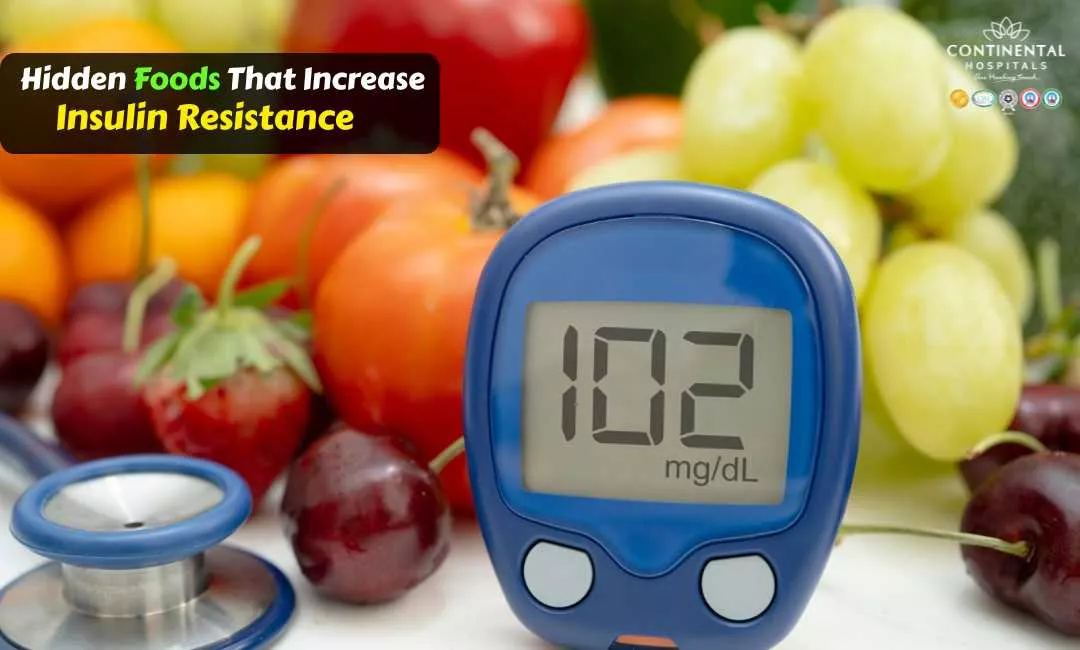As temperatures drop and the cold weather sets in, it's crucial to be mindful of the potential health risks that accompany the chilly season. Among these concerns, the occurrence of strokes remains a critical issue that requires attention. Cold weather can pose specific challenges and exacerbate certain health conditions, including stroke risk factors.
A stroke is a medical emergency that occurs when blood flow to the brain is interrupted or reduced, depriving brain tissue of oxygen and nutrients. This interruption can be due to a blockage (ischemic stroke) or the bursting of a blood vessel (hemorrhagic stroke). The brain cells begin to die within minutes of a stroke occurrence, emphasizing the urgency of immediate medical attention.
Impact of Cold Weather on Stroke Risk Factors
Blood Pressure: Cold temperatures can cause blood vessels to constrict, leading to an increase in blood pressure. Higher blood pressure is a significant risk factor for stroke.
Physical Activity: During colder weather, people may be less inclined to engage in physical activity. Reduced exercise and outdoor movement can contribute to weight gain, increased cholesterol levels, and higher blood pressure, all of which elevate stroke risk.
Dehydration: Cold weather can lead to dehydration as people might not feel as thirsty in colder temperatures. Dehydration can make blood thicker, which increases the risk of blood clots—a potential cause of stroke.
Respiratory Issues: Cold weather can exacerbate respiratory conditions like asthma. Severe asthma attacks can potentially increase the risk of stroke due to decreased oxygen levels and increased strain on the cardiovascular system.
Increased Blood Clotting: Cold weather may promote increased blood clotting, which can block blood flow to the brain, leading to a stroke.
Seasonal Variation in Diet: People might change their eating habits during colder months, consuming more high-calorie and high-fat foods. This shift in diet can lead to weight gain and higher cholesterol levels, contributing to stroke risk.
Book an appointment with a Neurologist.
Recognizing Signs of Stroke in Cold Weather:
Recognizing signs of a stroke in cold weather is just as important as recognizing them in any other situation. Cold weather can sometimes increase the risk of stroke due to factors such as increased blood pressure and constriction of blood vessels. Being aware of the signs and symptoms of a stroke is crucial for prompt medical attention, which can significantly improve the outcome. The common signs of a stroke can be remembered using the acronym FAST:
Face drooping: One side of the face droops or feels numb. Ask the person to smile; if one side of their smile appears uneven or droops, it might be a sign of a stroke.
Arm weakness: One arm may become weak or numb. Ask the person to raise both arms; if one arm drifts downward or feels weak, this could indicate a stroke.
Speech difficulty: Speech may become slurred or difficult to understand. Ask the person to repeat a simple sentence; if their speech is slurred, strange, or they cannot repeat the sentence correctly, it may indicate a stroke.
Time to call emergency services: If you notice any of these signs, it's crucial to act quickly. Call emergency services or seek medical attention immediately.
Additional symptoms that can accompany a stroke and might be more noticeable in cold weather due to its effects on the body include:
- Sudden severe headache
- Trouble walking or maintaining balance
- Blurred or decreased vision in one or both eyes
- Confusion or difficulty understanding speech

Preventive Measures of Stroke in Cold Weather:
Stay Warm: Dress in layers, wear hats, gloves, and scarves to keep yourself warm, especially in extremely cold temperatures. Prolonged exposure to cold can increase blood pressure and strain the heart.
Stay Hydrated: Even in cold weather, it's essential to stay hydrated. Dehydration can contribute to increased blood viscosity, making it more prone to clotting, which could lead to stroke. Drink plenty of fluids, including water and herbal teas.
Maintain Physical Activity: Engage in regular physical activity to keep your blood circulating and maintain a healthy weight. Indoor exercises or activities like yoga, tai chi, or even home workouts can help keep you active during colder weather.
Healthy Diet: Consume a balanced diet rich in fruits, vegetables, whole grains, and lean proteins. Limit intake of processed foods, salt, and saturated fats to keep your blood pressure and cholesterol levels in check.
Monitor Blood Pressure and Cholesterol Levels: Regularly check your blood pressure and cholesterol levels. High blood pressure and high cholesterol are major risk factors for stroke. Consult a healthcare professional if levels are not within healthy ranges.
Avoid Excessive Alcohol Consumption: Alcohol can increase blood pressure. If you drink, do so in moderation and be mindful of its effects on your health.
Quit Smoking: Smoking damages blood vessels and increases the risk of blood clots. Quitting smoking can significantly reduce your risk of stroke.
Follow Medical Advice: If you have any pre-existing conditions like diabetes or heart disease, it's crucial to manage them effectively. Follow your doctor's recommendations, take medications as prescribed, and attend regular check-ups.
Stay Informed and Seek Help: Recognize the signs of a stroke (FAST - Face drooping, Arm weakness, Speech difficulty, Time to call emergency services) and seek immediate medical attention if you or someone around you displays these symptoms.
Keep Warm Safely: Avoid extreme temperature changes. If you have cardiovascular issues or are at risk for stroke, sudden temperature changes can strain your body. Gradually adapt to temperature changes, and avoid sudden exposure to extreme cold or heat.
Cold weather can exacerbate stroke risk factors and make it essential to be vigilant about recognizing the signs of a stroke in winter conditions. By understanding the relationship between cold weather and stroke, individuals can take proactive steps to mitigate risks and protect their health. Timely recognition of stroke symptoms and swift action through the "FAST" method, coupled with preventive measures, can significantly improve outcomes and potentially save lives during the colder months. Stay informed, stay proactive, and prioritize your health during the winter season to reduce the risk of stroke.
Book an appointment with a Neurologist.
Related Blog Articles-
1. Exercise and Cognitive Function: How It Sharpens Your Mind
2. Dementia Myths vs. Facts
3. Early Signs of Alzheimer's: How to Recognize Them
.webp)














